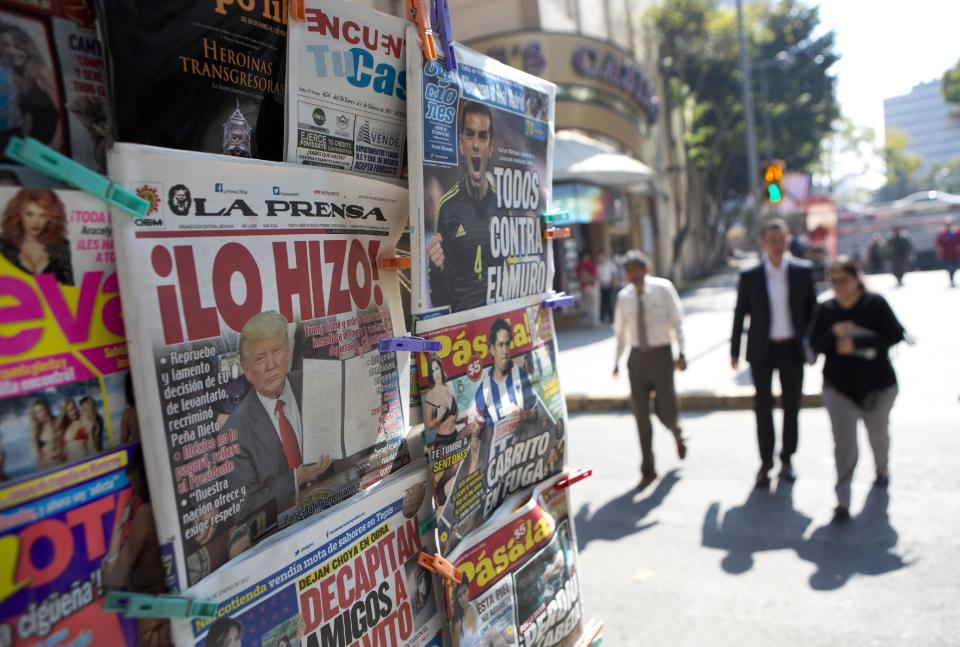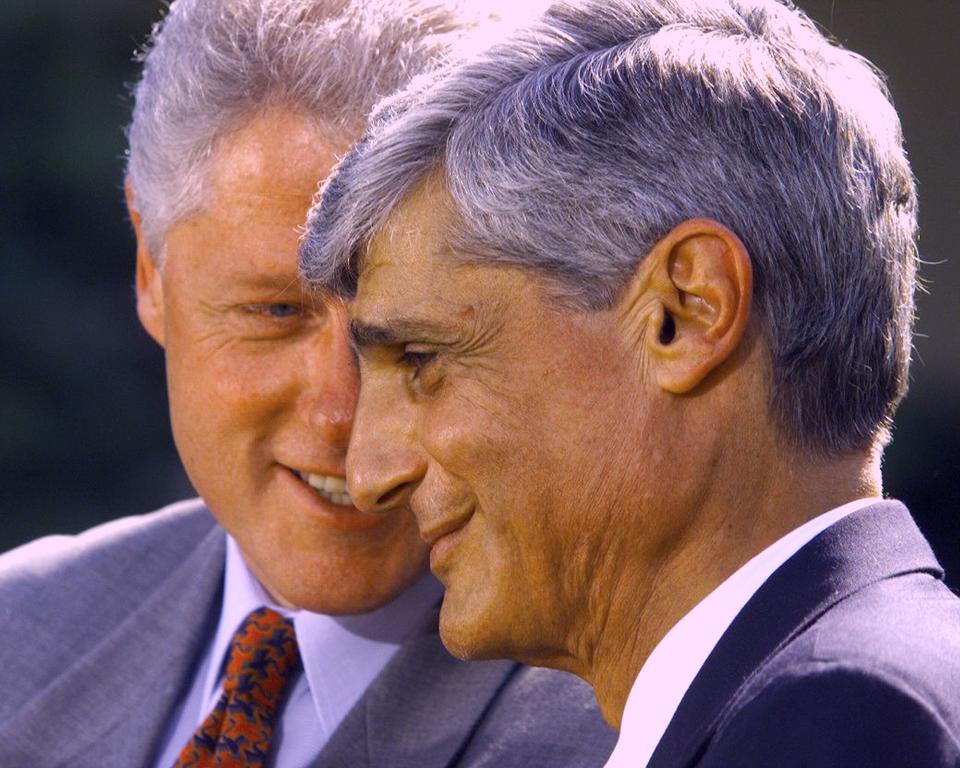Why Mexico's problems are always our problems
To some, President Donald Trump’s tough talk on Mexico makes sense. They will point to the estimated 5.8 million unauthorized Mexican immigrants living in the U.S., as well as the scores of factories owned by U.S. companies in Mexico that replaced operations in the States. This, they say, is evidence of a one-way relationship that needs to be rectified.
To be sure, no one wants millions of illegal immigrants streaming across our borders, and we all want more factory jobs in the U.S. The question becomes, is beating up Mexico going to solve these problems? Maybe, maybe not, but I do know that weakening Mexico, intentionally or otherwise, does the U.S. no good. Our countries are closely tied historically, politically, socially and economically. Even if Trump builds a 1,954-mile-long wall on the border, he’s still going to have engage with Mexico.

A bit of context here. Mexico has frankly had a rocky economic history. (Just this month, riots broke out across the country when the government raised the price of gasoline.) Much of this is the country’s own doing—or should I say its inept leaders’ own doing—but my point is that whatever happens there usually ends up having an impact here. In both 1982 and 1995, the U.S. came to Mexico’s rescue, spending tens of billions of dollars to prevent our neighbor to the South from falling into the abyss. There’s a great Brookings white paper on this.
In the early 1980s, Mexico was hit hard by falling oil prices that triggered a vicious cycle of rising rates, out-of-control inflation and an overvalued peso. The economy continued to deteriorate; so much so that in August of 1982 the government announced it would stop making payments on its debt. It took many years for the economy to stabilize, (the 1980s are referred to “La Decada Perdida,” or the lost decade), during which the country saw an elevated rate of emigration—legal and otherwise—to the U.S. Some argue that the economy didn’t fully rebound until the North American Free Trade Agreement (NAFTA), went into effect in 1994. By then Mexico was onto its next crisis.
In December of 1994, after some politically motivated Mexican Central bank bungling, Mexican President Ernesto Zedillo devalued the peso by some 15%, which caused a plunge in the value of the peso and of Mexican debt. The peso fell 50% within a matter of months. Meanwhile the Mexican stock market crashed and prices for goods and service in Mexico rose 24% in four months. Foreign investors yanked their money out of the country. Market prognosticators whispered that Mexican sovereign debt would default. This created a financial contagion that spread to the rest of Latin America and other developing countries.

In the end President Bill Clinton — along with Fed Chair Alan Greenspan, Treasury Secretary Bob Rubin, and Under Secretary Larry Summers — bailed out the Mexican economy to the tune of $50 billion. (The three advisors would later be immortalized in a Time Magazine cover story by Josh Cooper Ramo titled “The Committee to Save the World.”)
The bailout was done at least in part because it was thought economic collapse of Mexico would create a surge in illegal immigration to the U.S., never mind an increase in illegal activity, (drug dealing and smuggling), that would harm the U.S. Additionally the global contagion that stemmed from the so-called ‘tequila effect,’ would also greatly harm U.S. interests.
The Mexican crisis of 1982 and 1995 came about through no fault of the U.S., though yes, we were there to clean up the mess. It would be sadly ironic if some new crisis was brought about by U.S. policy, a crisis that we again would be compelled to pay to fix.
Andy Serwer is Editor-in-Chief of Yahoo Finance. Read more:

